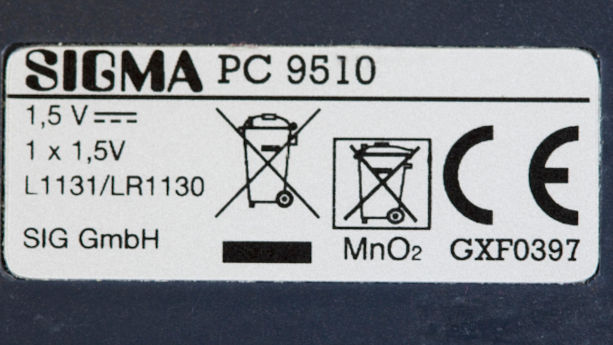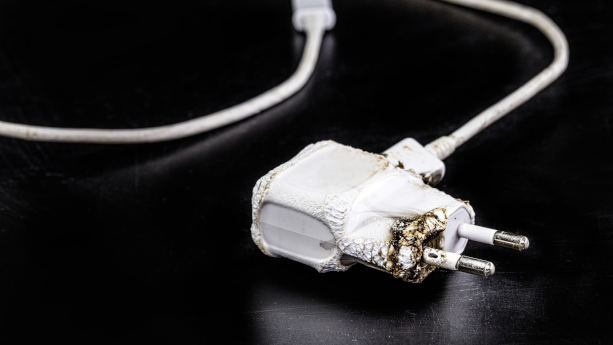This guide explains how the CE marking process for toys works in practice. We break down the requirements of the Toy Safety Directive into 5 actionable steps from the perspective of the manufacturer. Note that a manufacturer in this context also refers to brand owners.
Tag: ce marking
List of CE Marking Directives and Regulations: An Overview
Posted on — 4 CommentsThe CE marking indicates that a product is compliant with the requirements of relevant CE marking directives and regulations. Such directives and regulations apply to a wide range of products, including electronics, toys, helmets, sunglasses, and medical devices.
In this guide, we list directives and regulations for which the CE marking is required. Each section includes product examples and requirements that EU importers and manufacturers must be aware of.
Recommended Articles
Continue reading List of CE Marking Directives and Regulations: An Overview
CE Marking Requirements for Amazon Sellers: A Complete Guide
Posted on — 11 CommentsSelling electronics, toys, PPE, and medical devices on Amazon in the European Union requires that your products are correctly CE marked – or you face the risk of immediate and permanent product removal.
In this guide, we explain what Amazon sellers must know about CE marking, and why it also affects companies located in the UK, US and China – that are selling certain product types on Amazon in the EU.
Continue reading CE Marking Requirements for Amazon Sellers: A Complete Guide
Technical Documentation for CE Marked Products in the EU
Posted on — 5 CommentsTechnical documentation, also referred to as a technical file, is mandatory for most products that require CE marking in the European Union. As such, technical documentation is mandatory for electronics, toys, protective equipment, medical devices, machinery, and more.
However, understanding what to include in your technical documentation and how to practically compile it can be challenging.
Continue reading Technical Documentation for CE Marked Products in the EU
Which Countries Accept CE Marked Products?
Posted on — Leave a comment
The European Union mandates the use of the CE marking for many product categories such as electronics, toys, medical devices, and personal protective equipment. That being said, some countries outside the EU, including Turkey and the United Kingdom, can accept the CE marking for certain products.
Other countries recognise certain aspects of the CE marking process – such as EN standards.
In this guide, we explain what you need to know about the acceptance concerning CE-marked products and EN standards in the United Kingdom, Turkey, Israel, Switzerland, Singapore, and other countries.
Continue reading Which Countries Accept CE Marked Products?
List of CE Marking Service Companies: Our Top 16 Picks
Posted on — 10 CommentsLooking for a consultant or other service provider to help you understand CE marking? In this article, we list software tools, consulting companies, and testing and certification companies offering a wide range of CE mark-related compliance services.
Continue reading List of CE Marking Service Companies: Our Top 16 Picks
What is fake CE marking?
Posted on — 1 Comment
Some products bearing the CE mark do so without actually being compliant with the required safety and technical requirements. Importing and selling such products can result in fines and sales bans.
In this guide, we explain what fake CE marking is, why such products are available, and what you as a business owner or consumer can do to reduce your risk.
How much does CE marking cost?
Posted on — 3 Comments
The CE marking itself costs nothing in the sense that you do not have to pay a fee to use the CE mark. In addition, you don’t have to pay any form of licensing fee to the authorities.
However, the conformity process that must be followed in order to meet the CE marking requirements includes steps where it is often necessary to engage external consultants, testing companies and notified bodies.
List of Products Covered by CE Marking: An Overview
Posted on — 11 CommentsPlanning to import and sell products in the European Union, but not sure if your products must be CE marked? In this guide, we list toys, watches, electronics, PPE, and other products that fall within the scope of one or more CE marking directives and regulations in the EU. Continue reading List of Products Covered by CE Marking: An Overview
CE Marking and Product Lab Testing: A Practical Guide
Posted on — 20 CommentsProduct lab testing is in practice required when importing or manufacturing electronics, toys, sunglasses, and other products which require CE marking in the EU. In this guide, we cover everything from testing costs to identifying relevant standards for CE marked products.
Continue reading CE Marking and Product Lab Testing: A Practical Guide
























